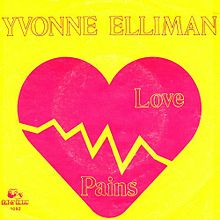 On 15 March 1980, “Crazy Little Thing Called Love” by Queen peaked at #1
On 15 March 1980, “Crazy Little Thing Called Love” by Queen peaked at #1
As a seven year-old kid, I knew the lyrics to a lot of songs, but none very few, if any were from 1980. Some of them were from the latter half of 1982, and quite a few of them were new in 1983, but the bulk of them were from the 1960s. This is because I was mostly listening to the music my parents listened to, and most often that was either the 60s top 40 station or the classic rock station. My parents were listening to it because it was the music that was on the radio while they were in junior high and high school and I was listening to it because it was what they were listening to. To this day, when I hear a song that sounds like old-school do-wop or something out of The Beatles’ or Rolling Stones’ back catalog, a little part of my brain trips, and my ears perk up, either out of recognition or out of familiarity.
Today, as an adult, I listen mostly to 80s music, the music I listened to in junior high and (to a lesser extent, because it was then the early 90s and music started getting bad again) high school. If I had kids, they’d be learning the lyrics to songs by The Fixx, Missing Persons, and Cyndi Lauper, just as I learned to sing along to The Supremes, The Beach Boys, and Strawberry Alarm Clock. And every so often, new music starts to sound like my nostalgia playlist, and I end up buying an album made by people who are young enough to be the kids of people who aren’t all that much older than me, like La Roux, The Ting Tings, and MGMT.
But I wasn’t driving record sales in the 80s really. My peak purchasing years for pop culture consumption were really the 90s. The people driving record sales in 1980 were a little more than a decade older than me, and the music their parents were listening to while they were forming their first permanent memories was early do-wop, Jerry Lee Lewis, and Elvis Presley, the people who founded rock and roll. As a result, a lot of the people making music in 1980 had a lot of respect for those rock and roll pioneers, and their prime consumers — people young enough to listen to new music regularly, but old enough to have ready money to spend on albums featuring that new music — were primed to react positively to songs that could have sat side by side with Buddy Holly and Little Richard.
And that’s where “A Crazy Little Thing Called Love“, Queen’s first #1 hit in the US, comes in. It sounds like the 50s, and was written (by Freddie Mercury) as an homage to Elvis Presley. He said in interviews that it took him five or ten minutes to write, in part because it’s meant to be simple, and in part because he composed it on a guitar, an instrument he didn’t really know how to play at the time. Listening to it, love it or leave it, you can hear immediately why it was such a big hit, particularly in America — everyone who had ever heard rock and roll music could agree: this is what rock and roll is meant to sound like. And the way Queen plays it, it seems so easy and effortless, not like the leather jacket that Freddie Mercury wears in the video, but like the white t-shirt underneath it: comfortably snug, easy to move around in, and reassuringly familiar. In every decade there are nostalgia acts, and it’s this simple familiarity that they trade on; “Crazy Little Thing Called Love” is a particularly well-executed example, and we’ll be hearing from the likes of The Stray Cats, Billy Joel, and Phil Seymour in a bit. Later on, we’ll be picking up on some retro-60s sounds from people like The Bangles. When I was in college, there was a weirdly inexplicable retro-40s swing craze (I’m not sure exactly where that came from). It’s a fairly predictable pattern, and like anything else, it produces both quality and dross, but either way, it will be successful.

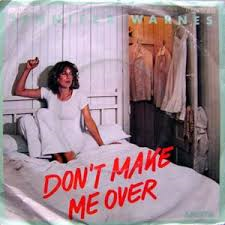
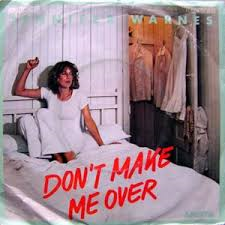 On 26 January, 1980, “
On 26 January, 1980, “
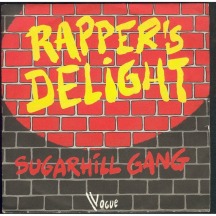 On 12 January 1980, “
On 12 January 1980, “
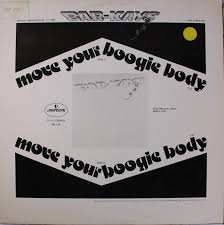 On 12 January 1980, “
On 12 January 1980, “
